How to start a blog: 11 pro tips
Original Source: http://feedproxy.google.com/~r/CreativeBloq/~3/pdQQv7U8JIY/how-to-start-a-blog-1131726
So you've decided to start your own blog. Maybe you want to share your expert drawing tips or drum up a bit of interest in your design portfolio, but before you rush into anything, consider this: the web (and in particular the blogosphere) is a crowded place.
Why your business should be blogging
There are plenty of blogs out there, all clamouring for people's attention, so you'll need to stand out from the crowd if you want to stand a chance of being noticed, and you'll need to stick with it; there's nothing quite so off-putting as a blog that was last updated in 2015.
Your blog needs to be attractive, creative and clever, and it needs to speak to your readers. It needs to tell them why you're different, what you're offering, and why they should take the time to read on. Ready to get started? Here are 11 tips that will get you going and help you take your offering from interesting to inspirational…
01. Choose a blogging platform
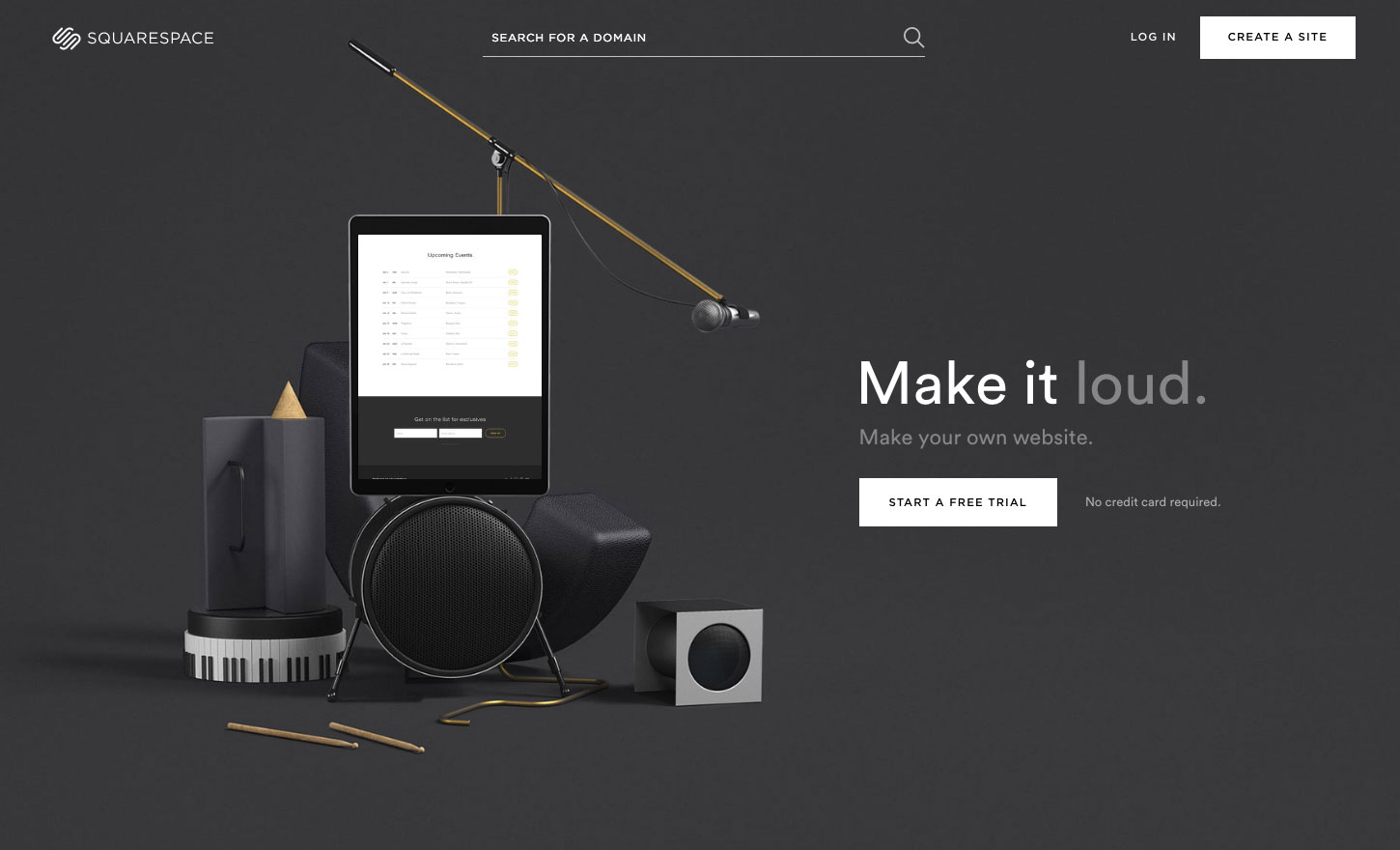
You’re spoiled for choice when it comes to platforms, and most are free
There are several blogging platforms out there, from Blogger and WordPress to Tumblr, Squarespace and Ghost. Or if you're feeling bold and know your code, you can create your blog from scratch. Which platform you choose will very much depend on what you're most comfortable using, how involved you want to be with the creation process, and what you plan to put on it.
The good news is that most of these are either free blog platforms or offer a trial session so you can give it a whirl and see if it suits you.
02. Get a good domain name
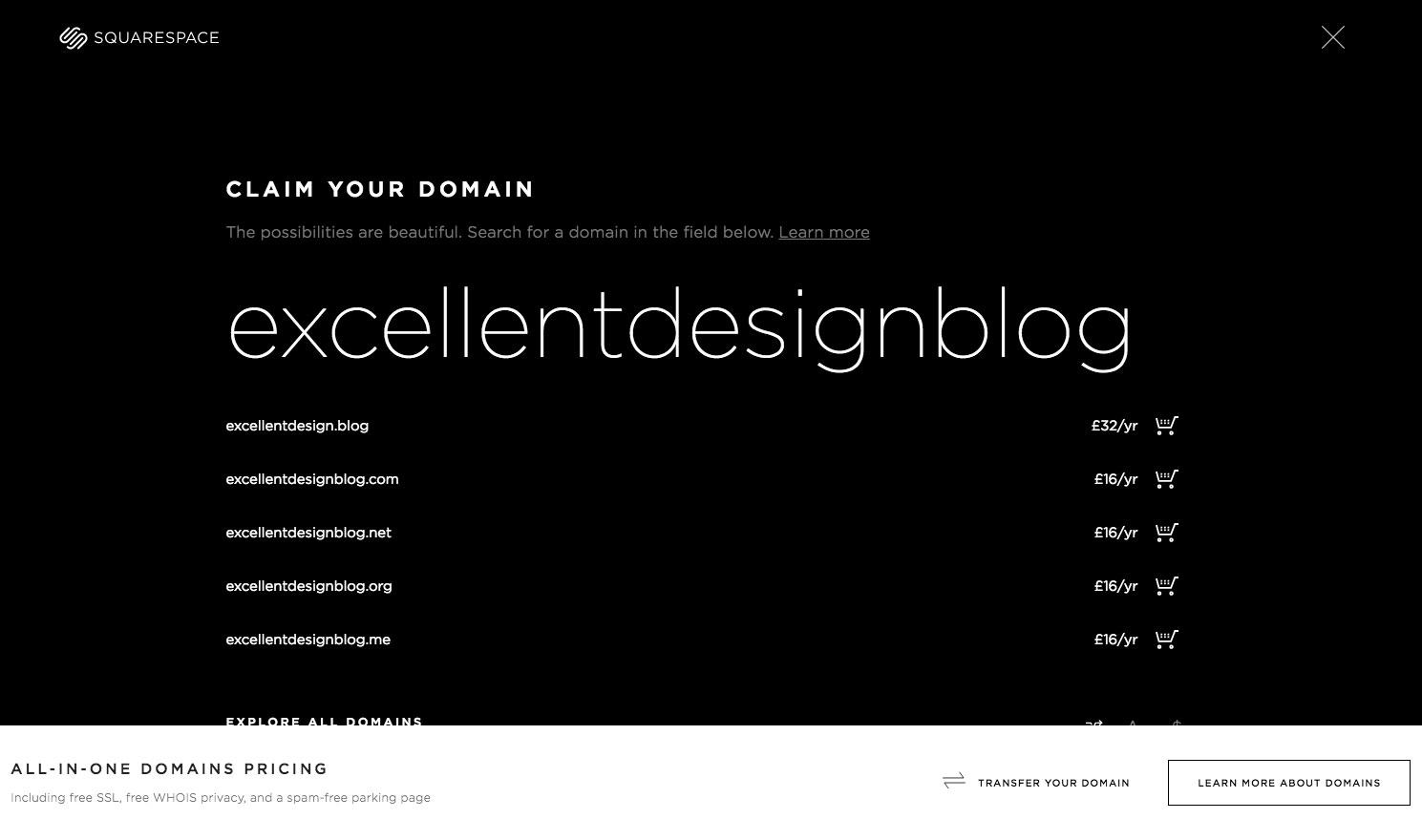
Most platforms make it easy to buy a custom URL for your blog
Most blogging platforms will set you up on a subdomain by default, but if you want to be taken seriously then you should really buy your own domain name. You'll want something short, memorable and above all easy to spell, and take care when it comes to the top level domain. There are all manner of fancy TLDs available these days such as .blog or .agency, but there's a lot to be said for the classics; if you can get the domain you want with a good old-fashioned .com then go for it.
03. Decide on the blog's content
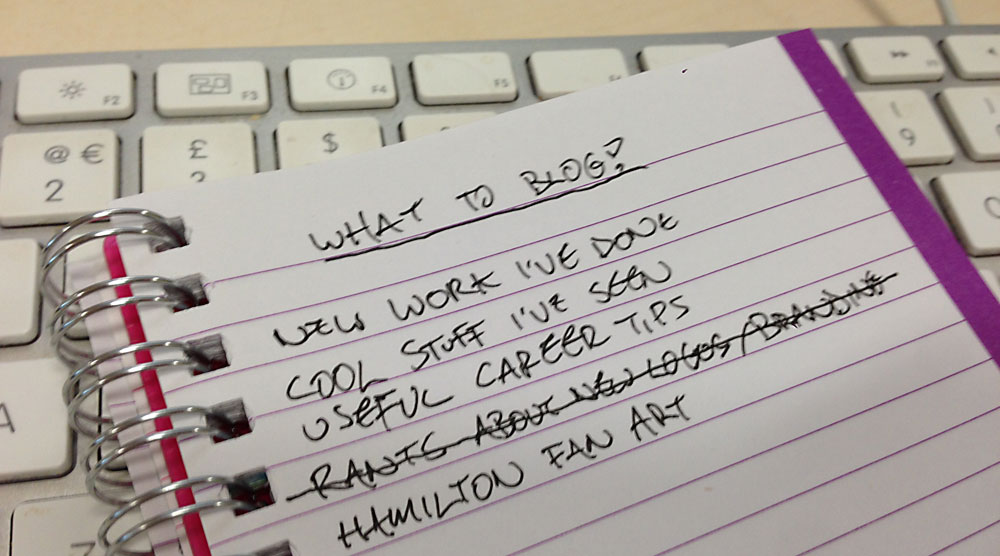
Sort out your content plan or you’ll be heading for yet another abandoned blog of shame
You want to learn how to start a blog, but do you know what you want a blog for in the first place? Blogging for the sake of blogging is pointless – you'll soon get bored and your carefully crafted site will soon be home to nothing but tumbleweed.
Sometimes it is a good idea to grab a notepad and pen before you even start. Jot down the types of blog posts you'd like to publish so you always have a reference point you can come back to if the ideas seem to have dried up.
Only then should you move on – you know how to start a blog, now it's time to design and populate it…
04. Keep your blog design simple
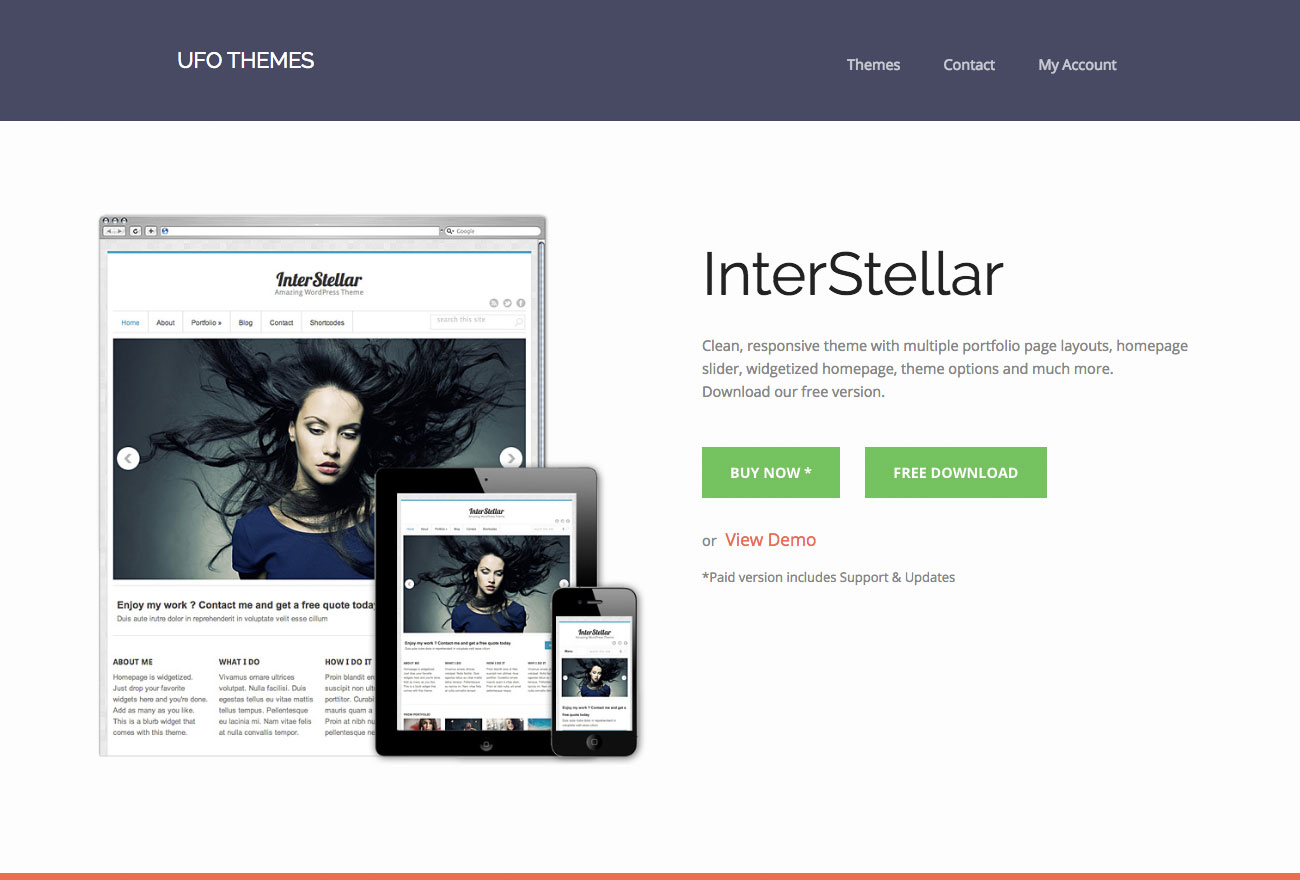
Free WordPress themes such as InterStellar offer simple design
When creating a design blog, it can be tempting to go crazy. After all, you want your blog to stand out and for people to remember you. How harmful can a rainbow of colours and a plethora of fonts be? The answer is: Very.
Keep your blog design simple. Stick to no more than three colours, and three fonts. With fonts; you need a heading, subheading and body copy font. Your main text font can then be enhanced by different weights or attributes, but keep these to a minimum.
05. Use contrasting colours
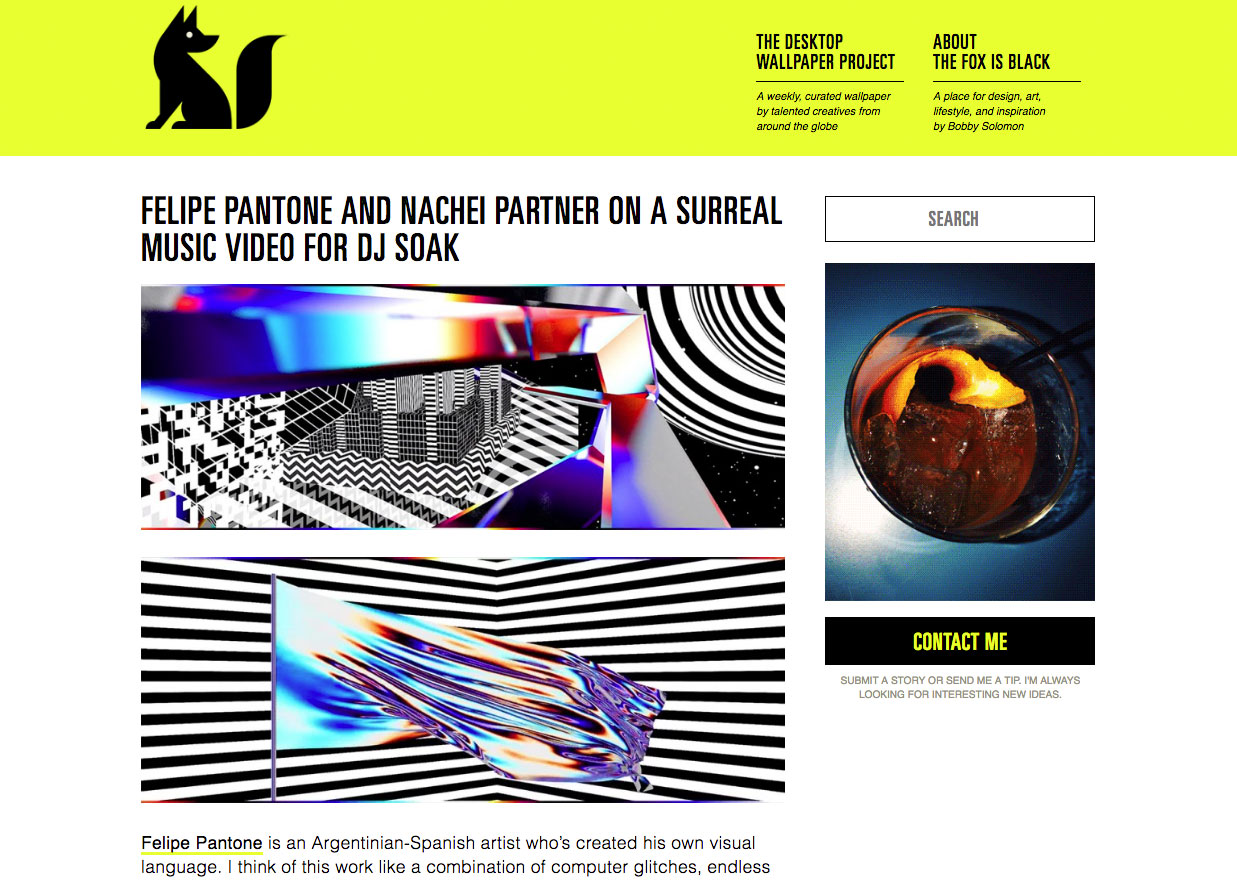
The design of The Fox is Black is based on a simple black and fluoro yellow colour scheme
Don't go crazy, and keep to a simple colour scheme. Contrasting colours can work well in the right design. It's a good rule of thumb that your blog features a main primary colour, a shade of grey, and a colour for your call-to-action.
06. Embrace white space
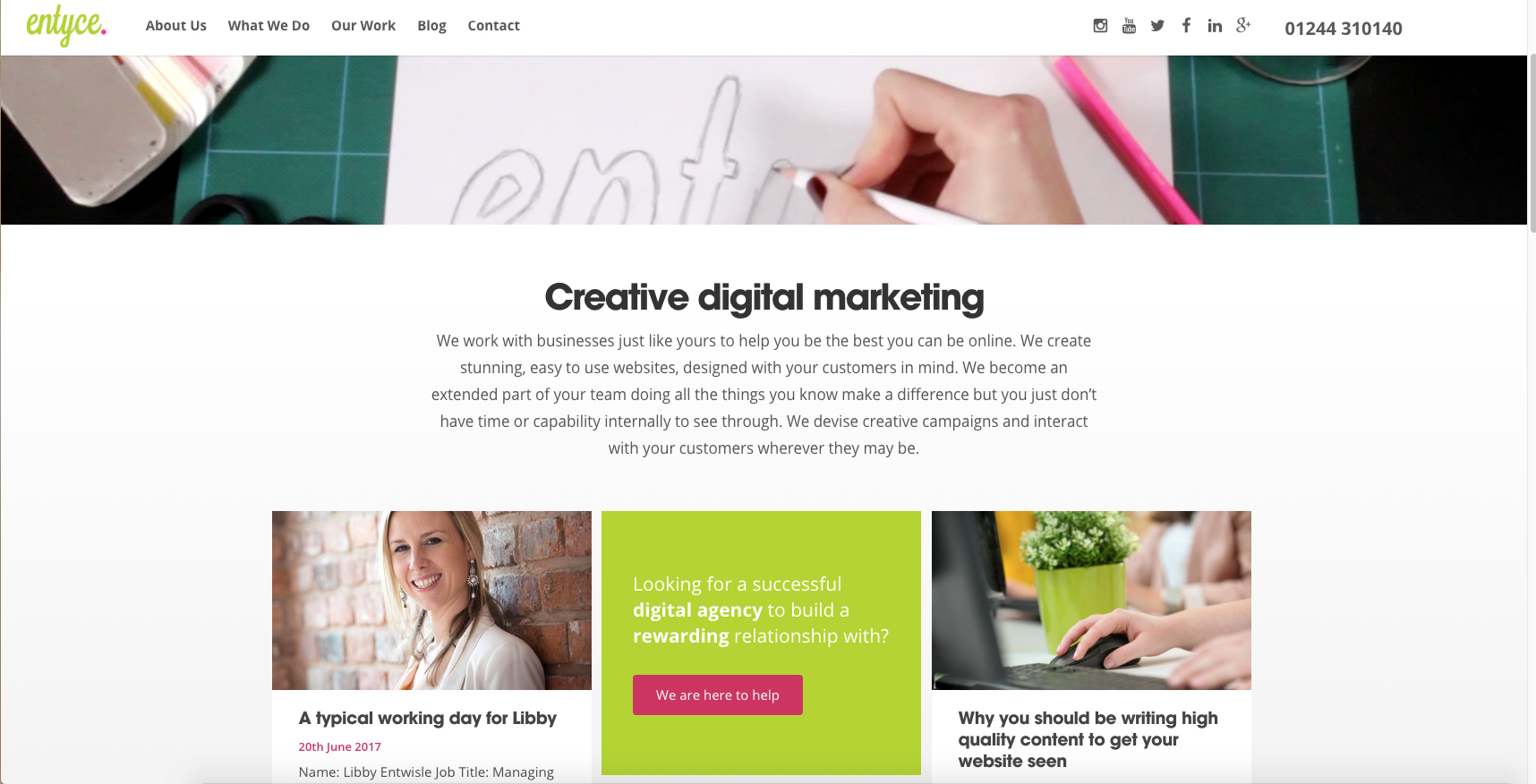
The Entyce site isn’t afraid to make use of white space
When finding inspiration before you create a design blog, don't be afraid of white space – it can really enhance your design and keep it looking professional.
Don't be afraid to leave some parts of the design empty where it warrants it. You should also use white space as borders to help highlight key parts of the blog. Remember, sometimes less really is more.
07. Keep your design goal-driven
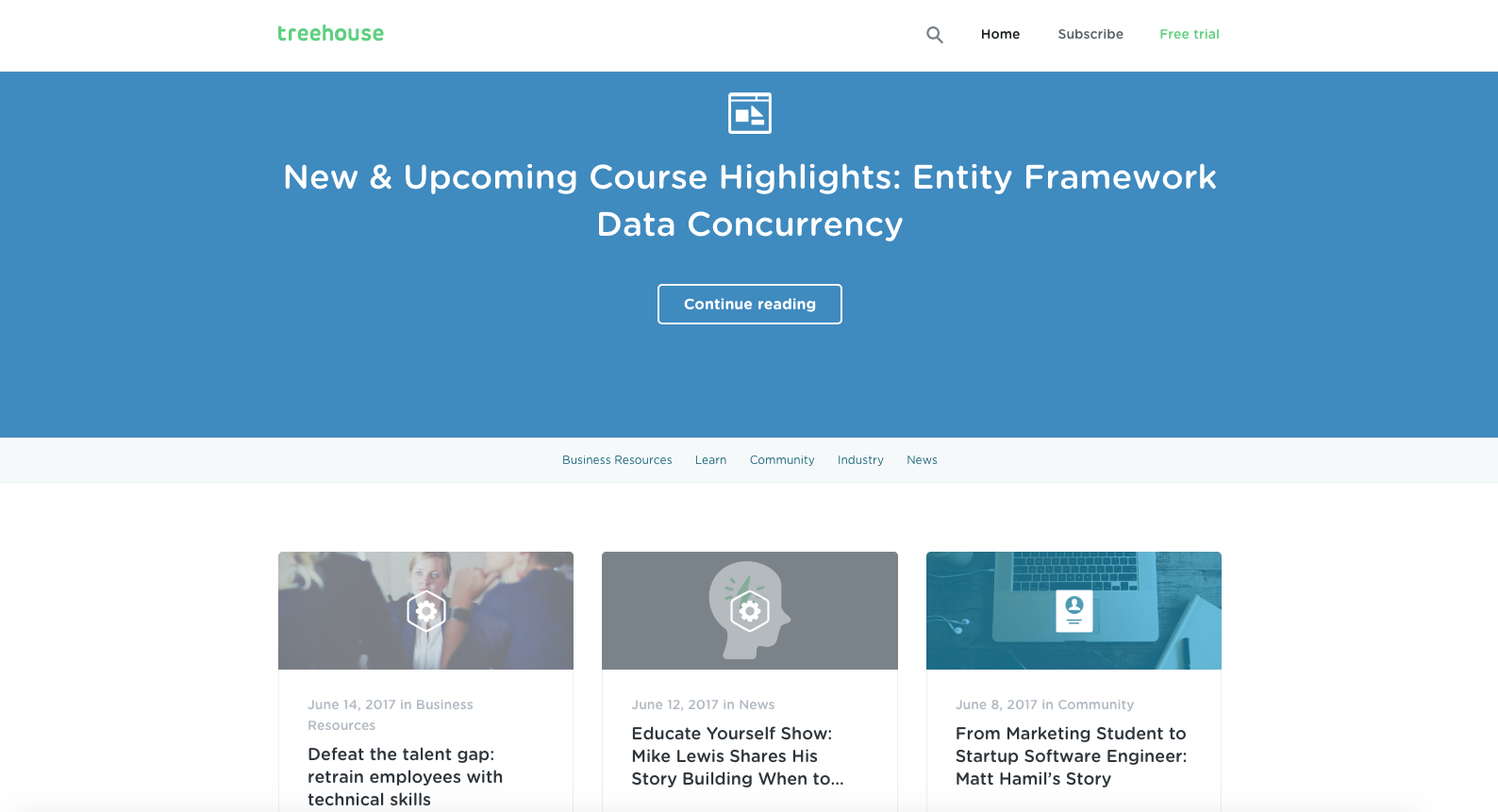
Web design resource Treehouse uses its blog to promote its courses
If the purpose of your blog is to get conversions – whether that's sales, signups, or enquires – then everything else comes second. This means you should create a design blog that is designed with three things in mind:
Topic: What is your blog about?Value proposition: What makes it unique?Audience: Who is your main target audience?
To get conversions, your design blog needs a strong call-to-action in its design, be that headlines, prominent buttons, or even arrows. A goal-driven design will help your blog convert, and keep visitors coming back time and time again.
08. Follow conventions
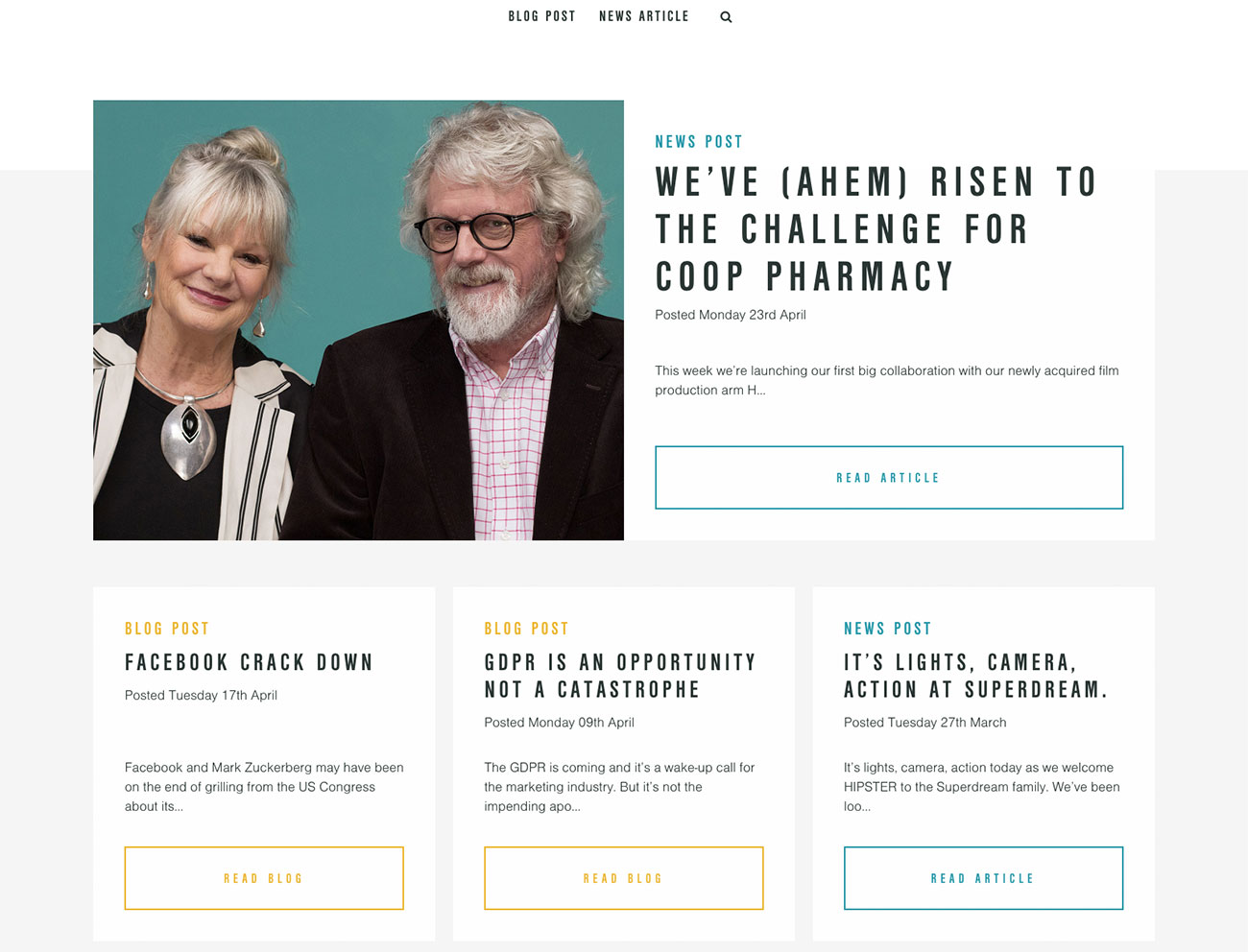
Superdream makes its posts easy to navigate
It can be easy to forget about the important features of a blog when getting creative with the design. Whatever your blog ends up looking like, make sure you keep the main conventions of a blog in place.
These include:
SidebarsHeadersSubscription optionsAuthor attributionSearch bars
These all make your design blog easy to navigate, which is a highly important feature. Keeping these elements in place will make your content easy to find, and keep your visitors on the blog for longer. Together, all this adds up to a goal-driven design.
09. Experiment
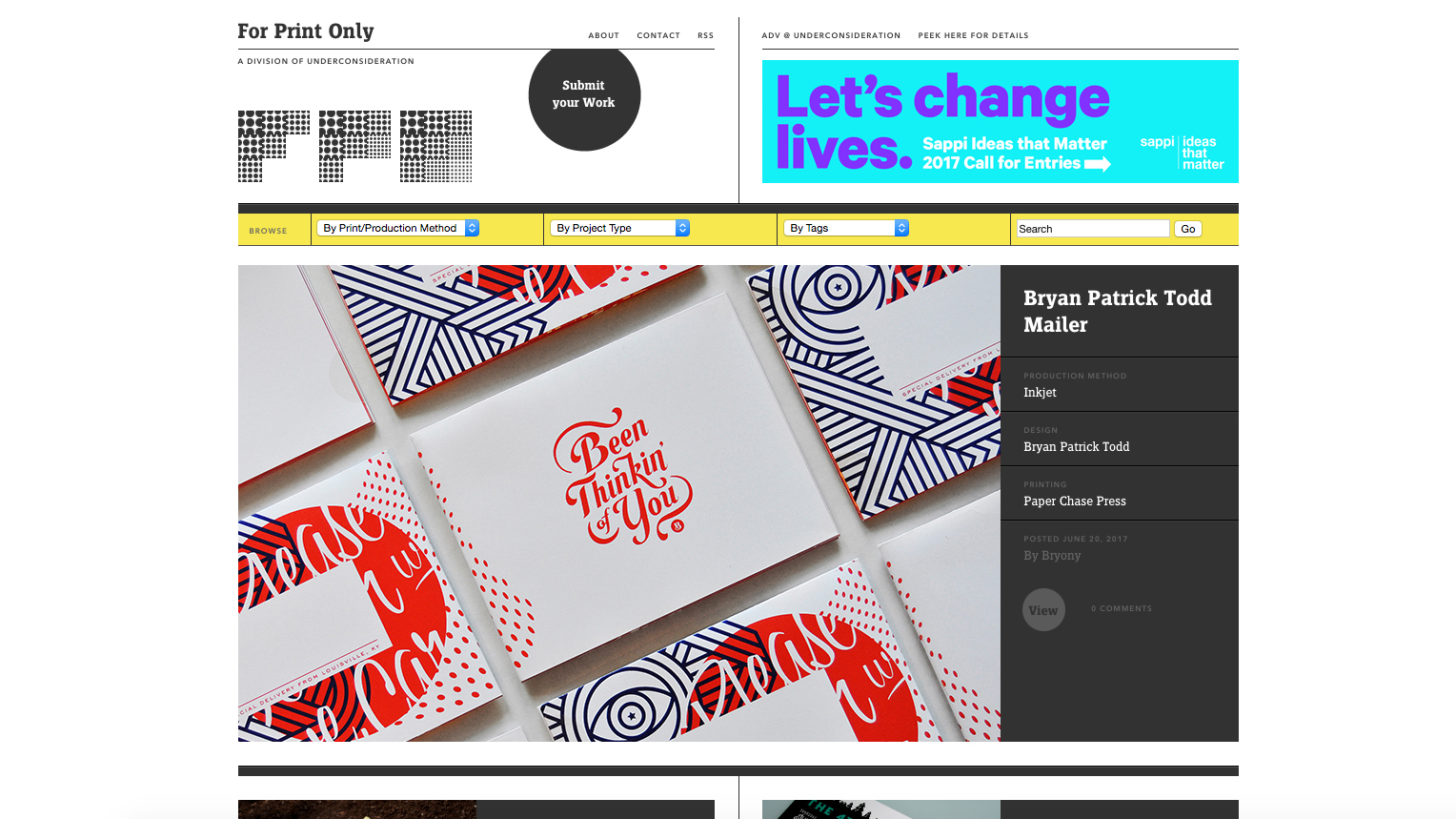
For Print Only uses bold graphics and grids
Although for the most part it's important to follow conventions, that doesn't mean you shouldn't break the rules from time to time!
Try a few new elements, and experiment with colours, fonts, and placement. By mixing things up, you create a visually exciting experience for your audience. Just make sure that your readers can always find your posts, and exactly what they're looking for.
10. Make it responsive
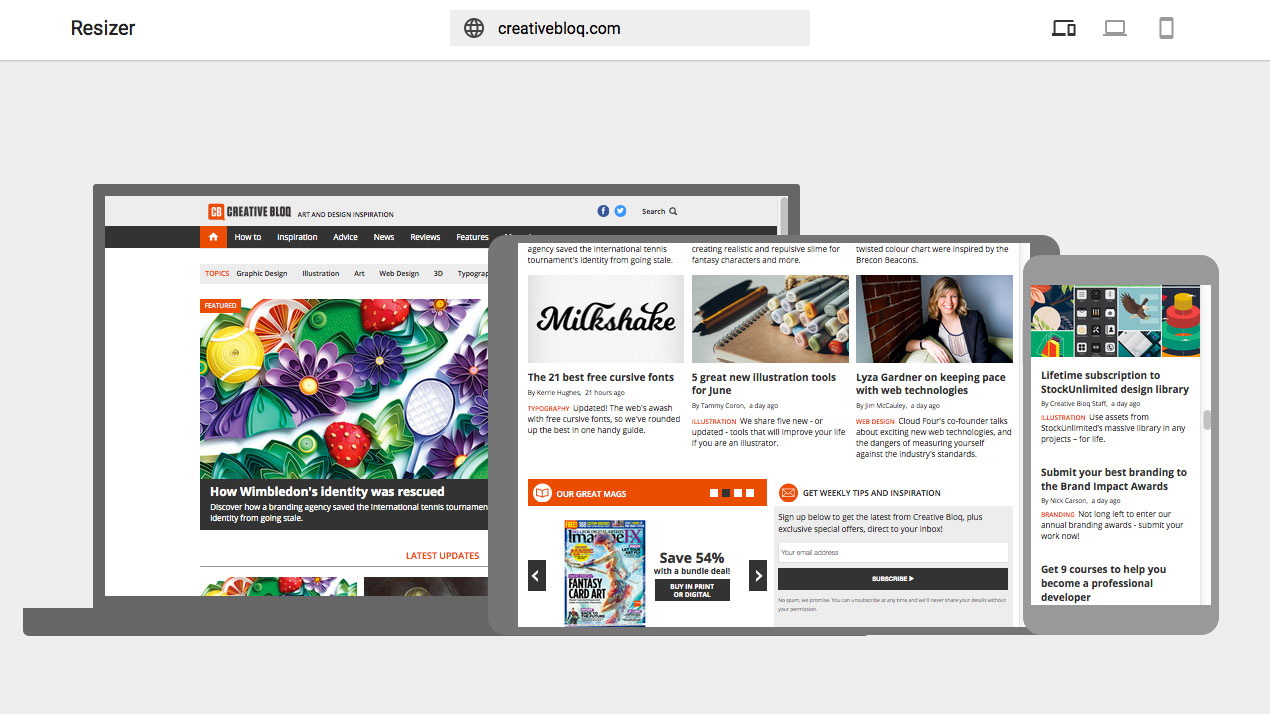
Test your design with a tool like Google’s Resizer
Nowadays, responsive web design is a prerequisite for any respectable design blog. Work closely with a designer and developer to help produce a design that is both eye-catching and functional.
11. Promote it!
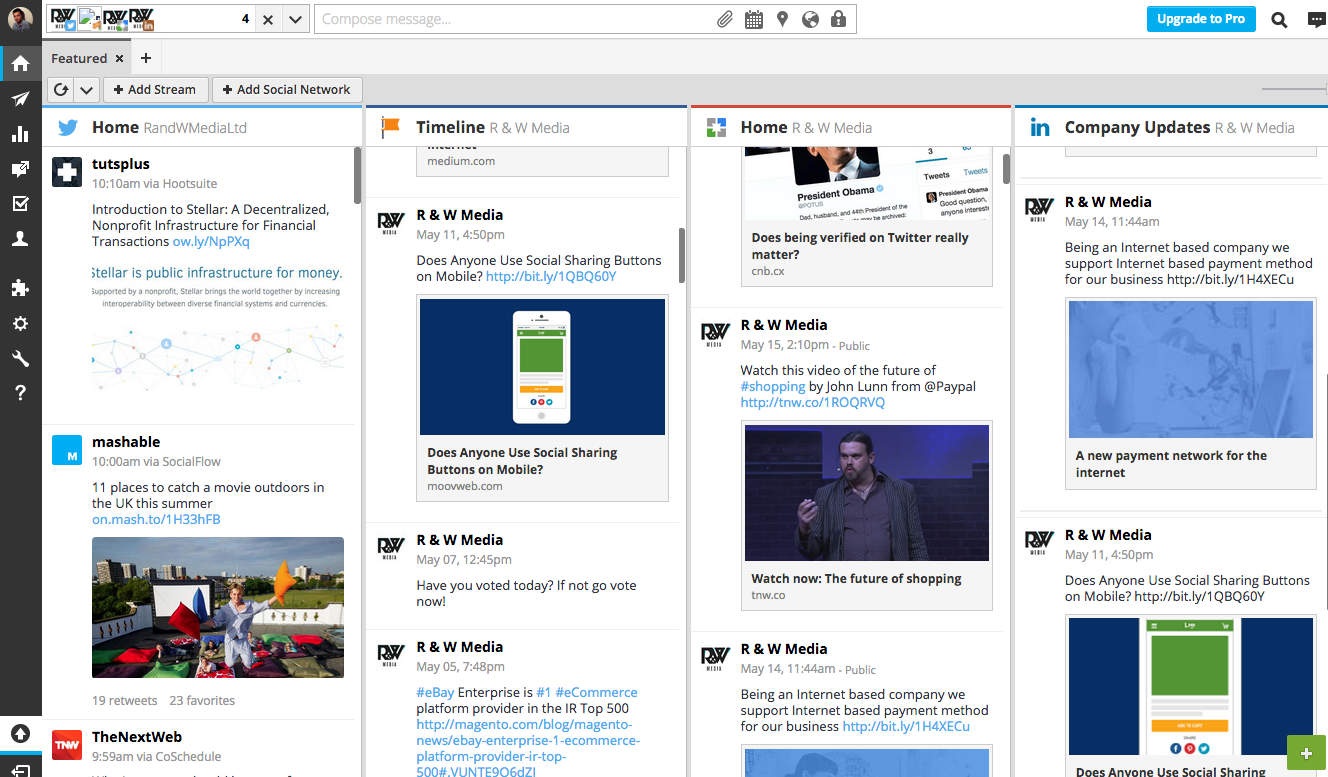
WIth a tool such as Hootsuite you can easily do most of your social shizzle in one go
There is no point in knowing how to start a blog without learning how to promote it too… This is where social media comes into its own. Create Facebook and Twitter pages for your blog, or use existing accounts to shout about it. If you are involving a lot of images in your blog, why not set up Pinterest and Instagram accounts, too?
Most modern blogging platforms such as Squarespace provide integration for everything from Twitter and Instagram to Tumblr and Dribbble, so you can spread the message quickly and effectively.
Related articles:
The 14 best free blogging platforms12 must-have code testing toolsThe 34 best free WordPress themes



Leave a Reply
Want to join the discussion?Feel free to contribute!